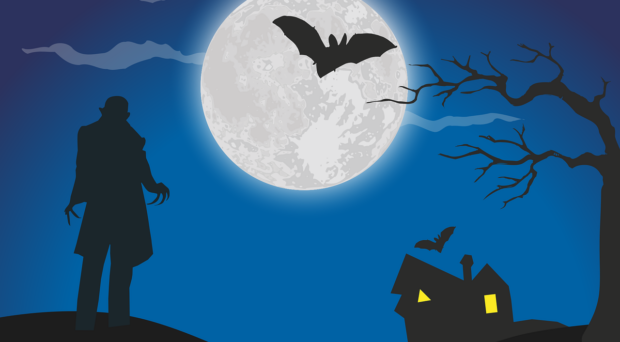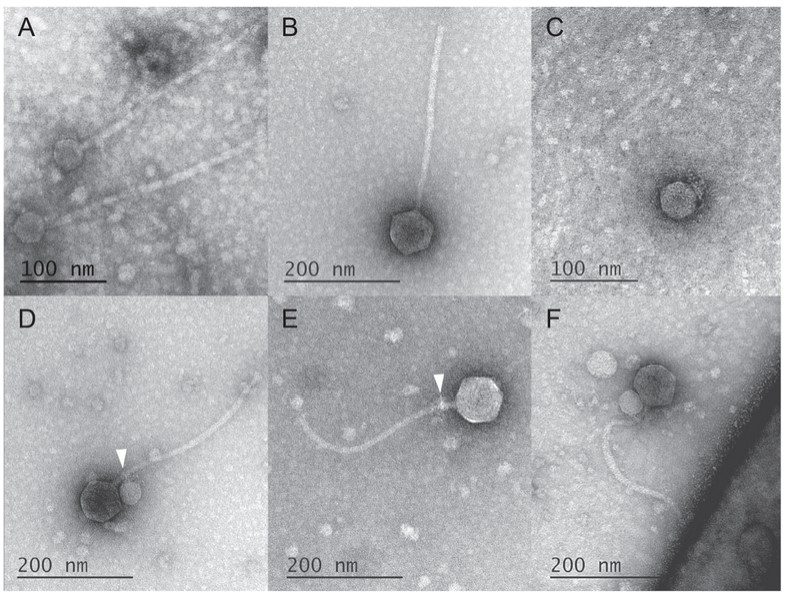
The microbial world never ceases to amaze me, from its diversity, ingenuity and sometimes downright bizarreness. So when I heard the words ‘vampire virus’, I of course had to find out more.
In a world constantly dealing with viral diseases – whether it is COVID, AIDS or dengue – it may come as a surprise to many that humans and animals are not the only living beings that are afflicted by viral menaces. Plants, fungi and bacteria can also be infected by their own viral pathogens, but even more surprising is that viruses can also be infected by virus-like mobile genetic elements (MGEs).
You will find several of these MGEs amongst phage systems (viruses that infect bacteria), and they normally comprise of a ‘satellite’ MGE and ‘helper’ phage system. The satellite MGE infects the bacterial cell and goes into a dormant state. It remains ‘lurking’ in this state until the bacterial cell is infected by a second phage. The presence of this phage – the helper – activates the dormant ‘satellite’ MGE, which then hijacks the helper phage’s machinery to replicate itself and for transmission of its progeny out of the bacterial cell.
We have known about satellite-helper systems for some time now, but in their recent paper Tagide deCarvalho and colleagues have found 2 novel systems that infect Steptomyces species. The two systems have been named Mulch and Flayer.
The Mulch system comprising the MulchMansion helper phage and MulchRoom satellite, acts in much the same way as described above. However, the Flayer system consists of a MiniFlayer satellite that attaches onto its helper MindFlayer before MindFlayer infects a bacterial cell in a vampiric style. To do this, MiniFlayer uses its tail fibers to adsorb onto MindFlayer, thus ensuring it enters the host bacterial cell in conjunction with its help MindFlayer.

Furthermore, both MiniFlayer and MulchRoom are not MGEs but actual viruses, and it seems these are the first satellite viruses identified. I expect that more of these virus satellite-helper systems may be discovered, and studying these systems could help in real-world applications such as developing targeted therapeutics or in bioremediation solutions.
There you have it; the first case of real life ‘vampires’ happens to be in the microbiological world. What next? I think it is fairly certain that the microbiological world will also be where we find the first cases of alien life, but perhaps we may also find ghosts, goblins, dragons and orcs in the microbiological world too 😊

Comments